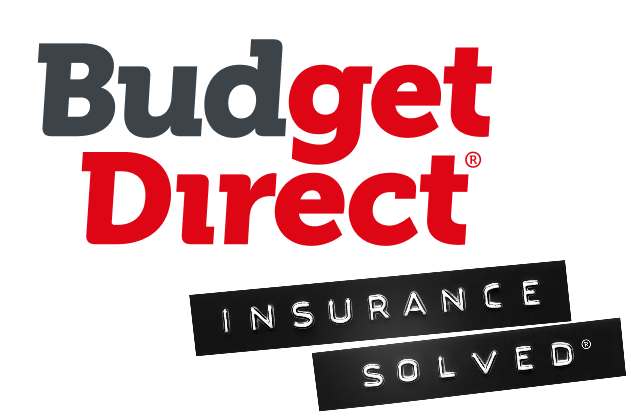Home break-ins can lead to serious consequences, and improving your home security can help reduce your risk. While these home security tips may not seem like much, it still pays to protect your home before you experience a break-in.
Lock Doors and Windows
Unlocked doors and windows are the first entry point to your property. And according to Budget Direct's latest survey on Home Burglary, 57.7% of survey respondents chose to add or change locks on their doors and/or windows after experiencing a break-in. [1]
If you regularly leave without checking your door, and window locks, you should add this to your daily routine when leaving the house. You should also install any additional locks in your home for personal safety.
Securing Doors and Windows
Placing valuable possessions near your windows and doors can draw attention from unwanted intruders and lead to a break-in or an attempted break-in.
You can start by moving all valuables out of direct sight and away from windows.
Then you can secure your windows by installing:
Glass break sensors
Motion detectors
Window bars or grills
Security screens
Smart locks
Key-operated single-cylinder locks
And secure your doors by installing:
Smart locks
Glass break sensors
Motion detectors
Two-cylinder deadlocks
Key-operated locks or patio bolts (on all external sliding doors)
And here's a tip for first time renters, once you've got your landlord's permission, you can change the lock on the door when you move in.
This will prevent anyone who previously lived in your apartment (with a copy of the same key) from attempting a break-in. Once the locks are changed, you will provide your landlord and real estate agent with a copy of the new keys.
Ultimately it's up to you to decide which option is best for your home. And while you don't have to install any of the options on this list, you should still use a combination of security measures such as lighting, security systems and locks to secure your windows and doors.
Garage Door Opener
You must keep your garage door locked at all times. Garages can be easily forgotten, which can sometimes lead to an attempted break-in or other suspicious activity.
A garage door opener will ensure that your garage door closes before you drive away and your home is secure.
Secure Second Floors
If you have a two-story home, it may be easier for someone to access your second floor. While a lot of homeowners look after their first-floor windows, they can also neglect their upper-storey windows and balconies when planning for home security.
You can limit access to your second floor by:
Locking any gates around the perimeter of your home
Trimming any low-hanging branches limiting access to your roof
Replacing the locks on your second-floor windows
Moving garbage bins (or anything someone could climb on top of) from underneath your windows
Storing away items used to break into your home such as ladders, garden tools and metal bars.
Don't wait until your home has been broken into to start taking steps to protect it.
Hide Spare Keys

If you've been locked out of your home, hiding a spare house key outside can be very convenient. But there are more secure options.
If you go away, please don't leave a spare key under the doormat or a pot plant at the front door. This is one of the most obvious places to hide a key. If you decide to leave for a few days you can always leave a key in a lock box or with a trusted family member or neighbour.
Extra Security Systems
When it comes time to choose a home security system, make sure it reflects your needs. Home security systems aim to prevent burglars from attempting a break-in. In some cases, these systems can deter burglars altogether.
A complete security system is made up of several electronic components that work together to protect your home. These components include:
A control panel
Interior and exterior motion sensors
Floodlights
A siren or alarm
Video doorbells
Entry point sensors
Security cameras
Yard signs and window stickers
Glass-break sensors
Make sure you let your insurance company know when your alarm system is installed in your home. You must activate the system promptly and continue to maintain it too.
Control Panels
Control Panels run the overarching security system installed in your home. They require a unique passcode or voice-activated commands to arm or disarm the system.
Sensors
Sensors can be installed inside and outside the home as well as on doors, windows, door frames and window sills.
Door and window sensors are made up of two pieces that form an electrical circuit when closed. If the circuit is broken it will alert the control panel. This is also how motion sensors and glass break sensors work.
Motion Detector Lights

These are motion sensors for outside your home and will flood an area with light if there's any movement detected. These lights are set to a timer to help mimic when you would normally turn your lights on in the home.
You can also buy light sensors with in-built cameras, so if they catch any movement, they'll start recording.
Video Doorbells and Security Cameras

Security cameras and video doorbells can allow you to see what's outside your home and prevent porch pirates from stealing any packages or parcels.
You can choose between a self-monitored security camera system using a mobile app, or a complete security system that's professionally monitored by a security company.
Additional Security Measures
Uncollected mail and overgrown lawns can signal to potential thieves that you aren't home.
So if you decide to leave for a few days or travel more frequently, here are a few ways you can look after your home.
Asking someone to housesit - They can park their car in your driveway, collect your mail and take out your bins so that it looks like someone is still home.
Installing timers on lights - Setting timers on lights inside will make it look like someone is there.
Put motion detectors on your lights outside - The lights flood the outside area when it detects movement.
Extra Protection with Home Insurance
Even with all these ways to improve your home security, sometimes theft still happens. Your final layer of protection might be to have home and contents insurance in place, which can provide you with some peace of mind should something unexpected happen.
One of the easiest things you can do is take photos of your possessions from around the house. This can be proof of evidence for a home insurance claim if you ever need to make one.






